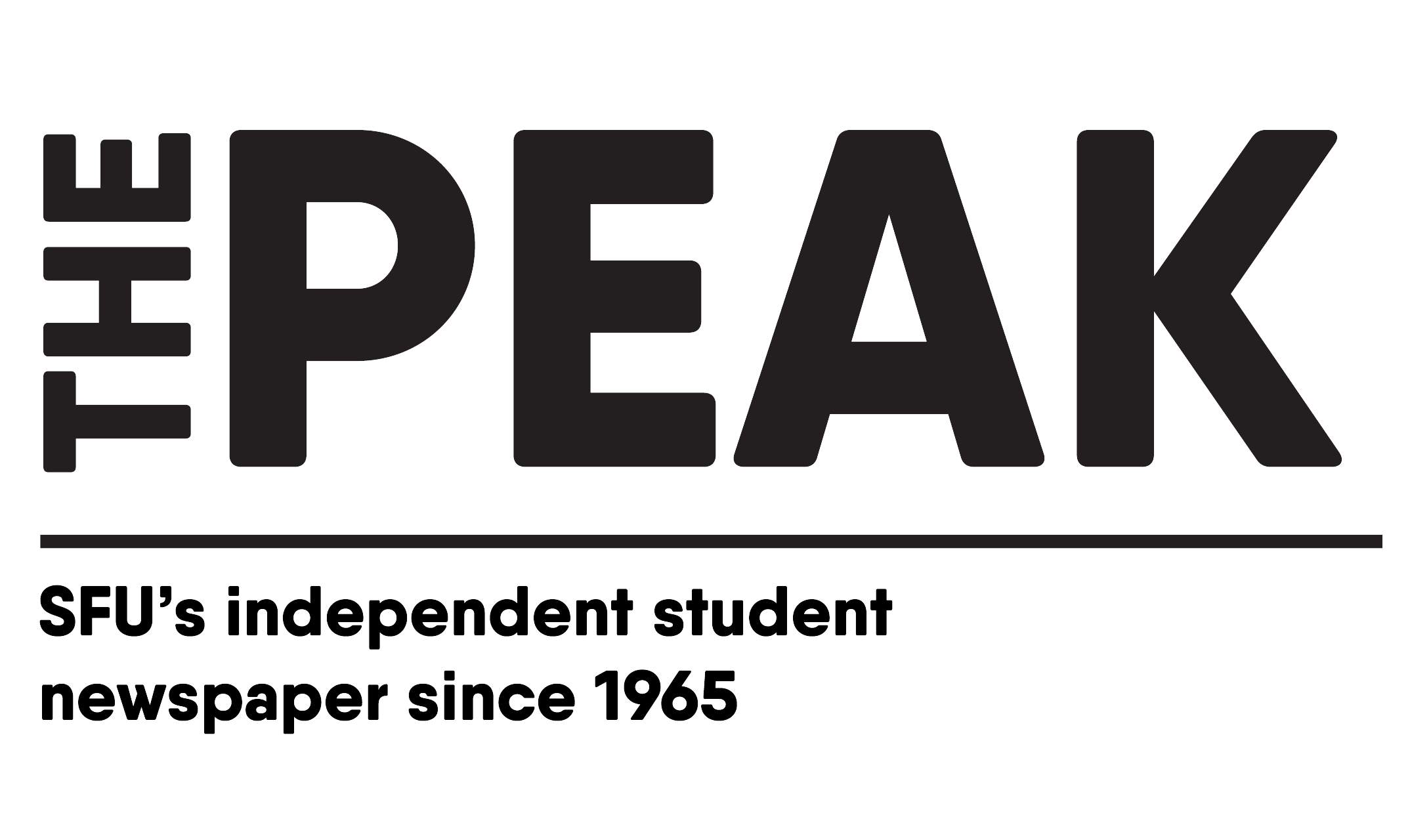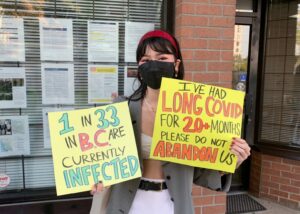By: Gurleen Aujla, Peak Associate
A few weeks ago, BC faced a dangerous heat wave, with temperatures hitting the high 30s and 40s. We saw 719 sudden deaths during this “unprecedented” event, from which the heat may have been a “significant contributing factor.” Weather irregularities like heat waves are a serious hazard to our health and well-being. In events like these, we need to do better in protecting unhoused people.
Such events are felt disproportionately across various populations, where groups already facing inequities may be the most impacted. As a vulnerable population, unhoused people are at higher risk due to pre-existing and ongoing challenges. This may include a lack of access to stable housing, hunger, chronic diseases or respiratory issues, and mental health issues — not to mention the COVID-19 pandemic.
Extreme weather events will exacerbate existing challenges and health conditions, and temporary pop-up resources, such as misting stations, are not adequate solutions. The compounding of anti-homeless infrastructure, scarce support, and lack of ease in communicating information are a few ways we are failing the unhoused population.
Fake armrests on benches, fixed rocks, and spikes under bridges are all examples of anti-homeless infrastructure. They are a waste of resources and are used to deter the people with the most need from using public spaces. This type of hostile architecture disproportionately impacts unhoused people from seeking shelter from weather conditions. Asante Haughton for Azure Magazine argues, instead of protecting public spaces “from the homeless, they need to be leveraged for the homeless.”
Extreme cold weather events prompt open warming centres, and for hot weather events, cooling centres. But these are not enough. The recent heat wave prompted a flurry of social media posts from municipalities about pop-up cooling centres, misting stations, and tips to stay cool, but unhoused people face additional barriers in accessing these short-term supports. Indoor public spaces turned into cooling centres, such as libraries or community centres, can often be stigmatizing as a shared environment with housed people. They can feel unwelcoming or excluding and may lack resources such as bottled water or a place to store belongings. Even then, during the worst of the heat wave, most of these centres were only open for limited hours during the day, despite temperatures barely cooling off at night.
This points to the lack of ease in communication, especially due to the displacement of tent cities preventing a centralized means to share information. How can we ensure all those who need access to these services are notified on time? For example, Burnaby RCMP sent officers to homeless camps in an attempt to distribute flyers with the location of cooling centres, but there were delays in finding camps, and they relied on officers’ previous knowledge of the areas. Also, considering the lack of trust the unhoused population has in the police, the RCMP are the wrong people to handle this responsibility.
Community organizations look to the public for support through financial contributions or donations. However, this points to the need for intersecting conversations and actions around the disproportionate impacts on certain groups during extreme weather events. This includes the role of governments, prioritizing budget resources, housing justice, and the alarming consequences of climate change.
Extreme weather events such as heat waves are poised to be “more frequent, long-lasting, and intense” as the impacts of climate change worsen. Unhoused people are having to bear the brunt of one crisis after another. Remember, the recent heat wave was the worst one — so far.
This issue requires a proactive approach to mitigating the consequences of extreme weather events by planning well in advance and reducing the prevalence of homelessness in the first place. Greener spaces and essential infrastructure should be implemented. Community members can also be encouraged to donate essential items, such as sunscreen, hats, umbrellas, and non-perishable food items. Amid such emergencies, resources should be deployed efficiently. For example, shuttle buses to and from centres should be available, and they should be open 24/7.
As a year-round issue, we must work beyond these pop-up solutions.














